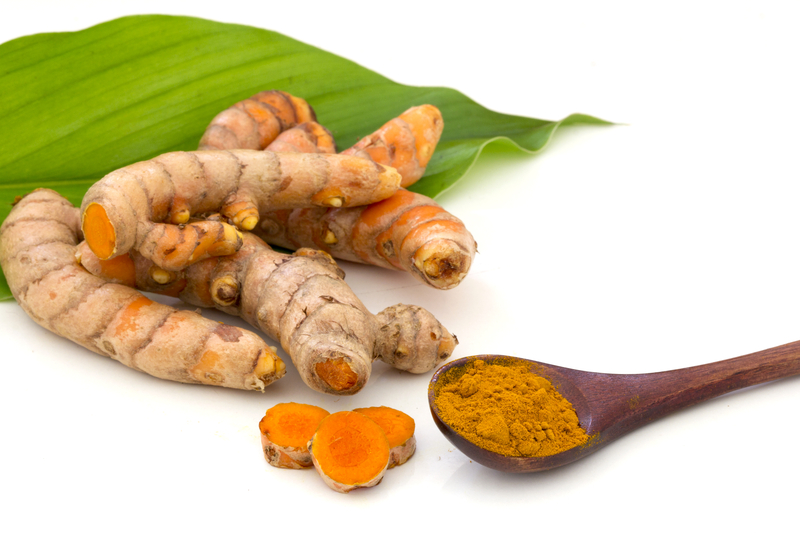Botanical medicine has evolved extensively over the last 20 years, as public interest in medicinal herbs has grown, and the product development process has become more sophisticated.

One of the major trends has been the focus on delivering highly concentrated forms of “active” compounds extracted from the myriad of molecules produced by plants. Over the last decade, many herbal products have become increasingly drug-like in their emphasis on specific constituents.
There are advantages to that, including more precise control over dosing, presumably leading to more predictable patient responses. But there are also downsides. Some long-time herbal medicine advocates say that important effects may be lost when we over-simplify the complexity of herbs—ginseng reduced to ginsenosides, oregano defined solely by monoterpene levels, turmeric valued only for its curcuminoids.
In some cases, highly concentrated, single-component herbal extracts fail to deliver benefits expected based on the long histories of traditional use and in vitro studies. In part, that’s because traditionally, herbs were prepared as decoctions, infusions, or distilled extracts containing a broad spectrum of naturally occurring compounds, not as high doses of isolated “actives.”
Hormetic Effects
“How do these plant substances with nutritional activity influence gene expression? It may not be with a drug-like dose-response curve,” said Jeffrey Bland, PhD, at the 2020 Integrative Healthcare Symposium.

Dr. Bland, a founder of the Institute of Functional Medicine, and now director of the Personalized Lifestyle Medicine Institute, stressed that herbs, like plant-based foods, often give hormetic effects: larger biological effects than anticipated from dose-response curves for individual, isolated chemical compounds.
The spectrum of compounds produced by herbs affect a wide range of receptors in the gut. They also modulate the metabolism of gut microbes. It’s not as simple as raising blood levels and delivering a single “active” to target tissues.
Bland pointed out that there are actually taste receptors, especially for bitter-tasting compounds, in many different tissues, including beta cells in the pancreas, the gonads, and the GI epithelial cells. “When we eat something that has the right bitter components, they bind to the GI epithelium, they stimulate the beta cells, macrophages, and adipocytes. GI signaling interfaces with our diets and our microbiomes.”
Reflecting on the recent rush to develop pharma-esque single constituent plant extracts, Bland added that, “There’s hormesis related to the way we co-evolved with our foods and herbs. Sometimes less is more.”
The Curcumin Controversy
Turmeric is one of the most popular herbs worldwide, and also one of the most studied. There are a host of human studies showing that it can be helpful in reducing inflammation and autoimmunity, with clinical utility in managing depression, allergies, and common gastrointestinal conditions.
Rising consumer demand and scientific interest have stoked a race among supplement makers to create high-potency products that deliver high blood levels of curcuminoids—thought to be the most important anti-inflammatory compounds in the turmeric rhizome.
There’s some logic to this: curcuminoid absorption from turmeric taken orally is low, typically under 10% according to pharmacokinetic studies. To raise blood levels, companies often combine curcumin with other herbs—black pepper is a good example—to make it more absorbable. Or they create liposomal forms that help curcuminoids pass across the gut epithelium and into the blood.
Many of the turmeric/curcumin products now on the market have been standardized to contain 95% curcuminoids. This approach has been very valuable in improving the consistency of curcumin products for research, and certainly contributed to the growth in the number of curcumin studies. But does concentration of curcuminoids lead to better clinical outcomes?
Gut Receptor Effects
“Maybe that’s useful. It is not necessarily bad. But we don’t really know,” says Bland. “It may be that the key effects of curcumin are gut receptor effects. Curcumin induces secretion of Glucagon-like Peptide 1 (GLP-1) by working on GI tract receptors. It works directly on the mucosal surface. That is independent of its absorption.” Increased GLP-1 secretion is partly responsible for the insulin-stimulating and glucose-regulating effects of curcumin.
Tom Guilliams, PhD, who also spoke at the IHS with Dr. Bland in a breakout symposium, stressed that curcuminoids—the main focus of modern research on turmeric—comprise a mere 5% of the 235 bioactive compounds found in turmeric roots. A steam distillate of turmeric rhizomes typically contains 84 distinct chemical constituents, with sesquiterpines representing over half of them.
The curcuminoids, which come in 3 forms–curcumin, demethoxycurcumin, and bisdemethoxycurcumin—stole the show early on. They were initially identified by Vogel and Pelletier, who published the first evidence of antibacterial effects in 1949.
By the early 1970s, researchers had discovered that curcuminoids also had cholesterol-lowering, anti-diabetic, and anti-inflammatory effects.
The “Bioavailability” Race
“Translating in vitro research results into similar clinical outcomes has been met with limited success. Though some have speculated that the in vitro results are themselves misleading, most researchers believe that these failures are due to curcumin being poorly absorbed,highly reactive and unstable after consumption”

This assumption—that low absorption limits the physiological effects–is what has driven manufacturers to develop more concentrated, more absorbable curcumin products.
Guilliams, a molecular biologist, believes this approach is somewhat misguided and that the benefits are overstated. There are no head-to-head studies showing that “enhanced” forms of turmeric with 6-100 times greater absorption lead to improved clinical efficacy.
“We’ve conflated absorption with bioavailability. Bioavailability means the compound or compounds are active at the tissue at which you want them to be active. Absorption is not necessarily equivalent to bioavailability,” says Guilliams, founder of the Point Institute, an educational organization committed to examining and disseminating evidence-based approaches to nutraceuticals and natural therapies.
Easy Come, Easy Go
Further, he stressed that compounds that are absorbed very fast are often excreted just as quickly. “You may actually reduce its efficacy by promoting high absorption. This is probably what is happening with curcumin. When you amp up the absorbability, you activate the detox pathways, which get rid of the active phytochemicals very quickly.”
Like Dr. Bland, Dr. Guilliams holds that in its near-obsession with increasing the absorption of curcuminoids, the nutraceutical industry is overlooking the many other potentially useful phytochemicals this plant produces, as well as the bidirectional interactions between these compounds and the gut microbiome.
Similar “bioavailability races” have been happening with quercetin, resveratrol, and a number of other popular herbs, and they may be equally short-sighted.
Efficacy, says Guilliams, is what really matters, not absorbability or bioavailability. He believes this is best accomplished with turmeric extracts that contain the full spectrum of naturally occurring constituents. He consulted closely with Ortho Molecular Products to develop Turiva, the company’s new full-spectrum turmeric product.
Guilliams called for, “a paradigm shift away from pharmaceutical thinking applied toward botanicals and foods,” and a renewed respect for the inherent complexity of herbal medicine.
For an extensive exploration of the questions around the bioavailability of curcuminoids and other compounds in turmeric, refer to Dr. Guilliams’ white paper on the subject.







